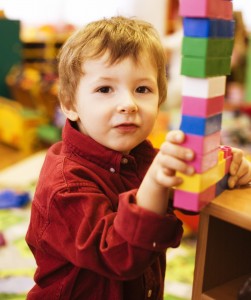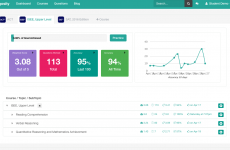The past 15 years have seen American elementary schools cutting back on recess and increasingly focusing on assessments. On paper, less time for play and more time for academics looks great – but is it really? We must remember that for young children, play is important. Studies have shown that play can serve to promote healthy development and parent-child relationships, not to mention the foundations of literacy and critical thinking.
And of course, play and learning don’t have to be mutually exclusive – quite the opposite, in fact. Sure, it may be hard to bridge the gap between recess and standardized tests, but there’s still plenty of room for fun and games in the classroom. And kids’ play at home is filled with opportunities for learning and growth.
Two organizations which recognize this are Ashoka and The LEGO Foundation. Last year, they co-sponsored the first Re-Imagine Learning Challenge with the goal of bringing people together to think about how play can be used for learning. Nearly 600 individuals and groups submitted ideas for activities and curricula. Some highlights are featured on the Challenge’s website.
In a recent piece on Edutopia, Ashoka Engagement Manager Tim Scheu wrote about how the Challenge’s insights applied to children’s play at home, listing several suggestions for parents. If you’d like to see your kids playing more, or learning more from their play, it’s certainly worth a read.

















Pingback: Spotlight: Houston’s Top Montessori Schools